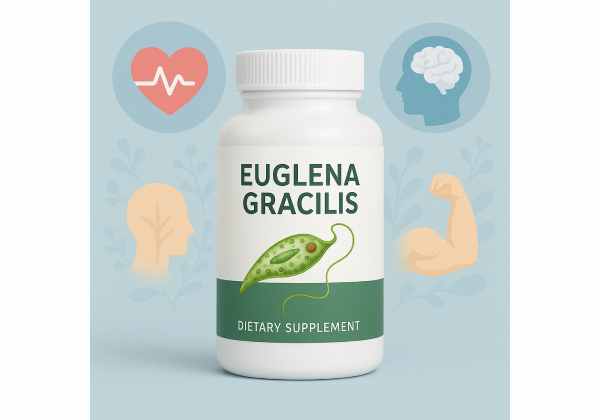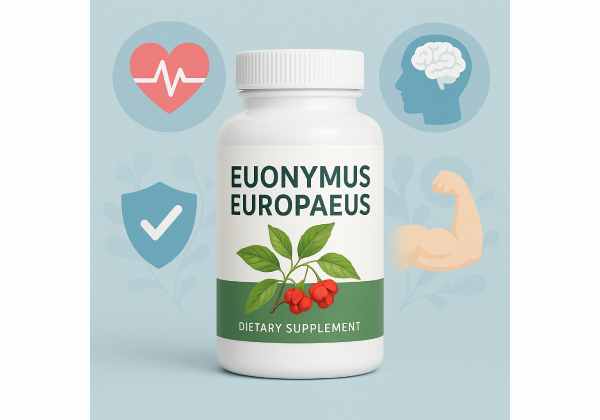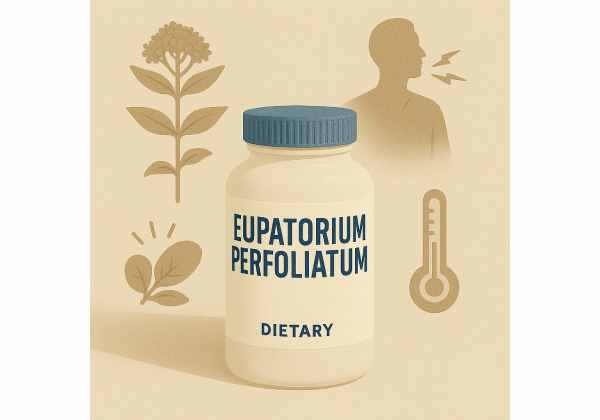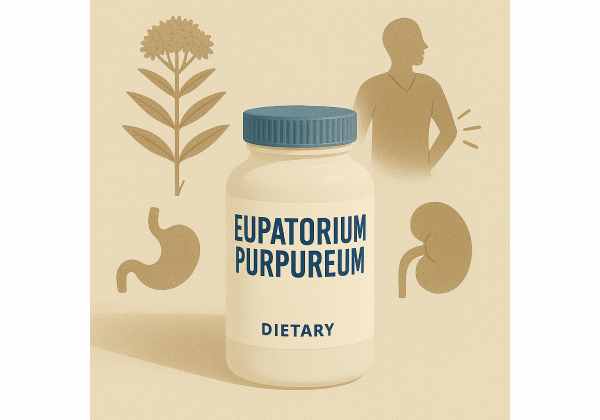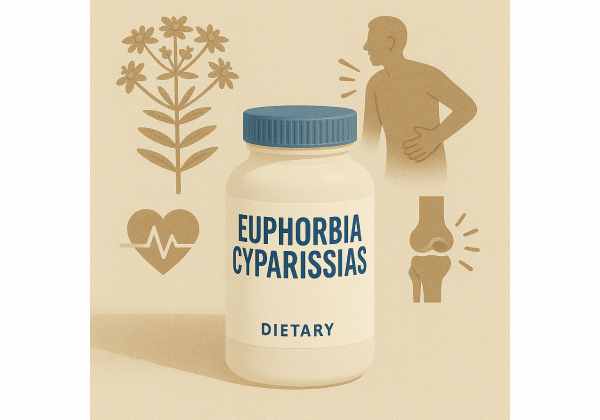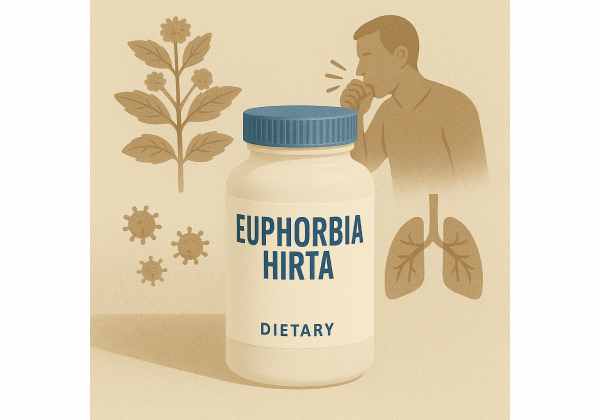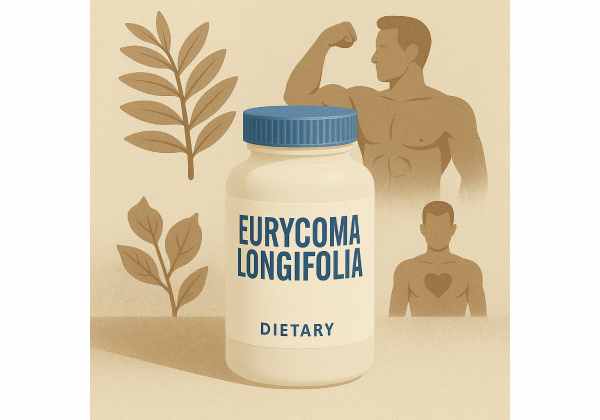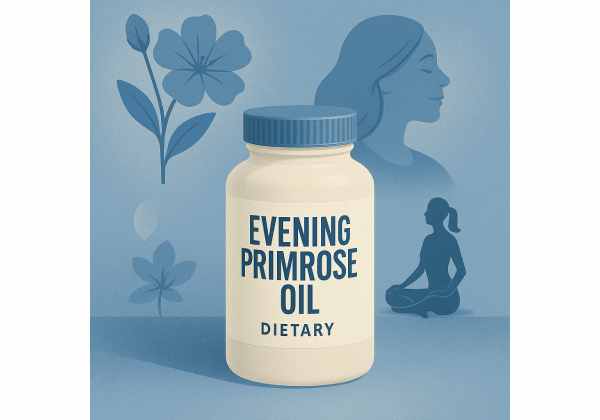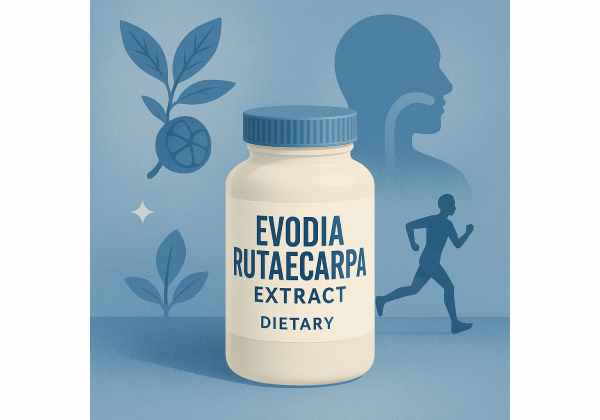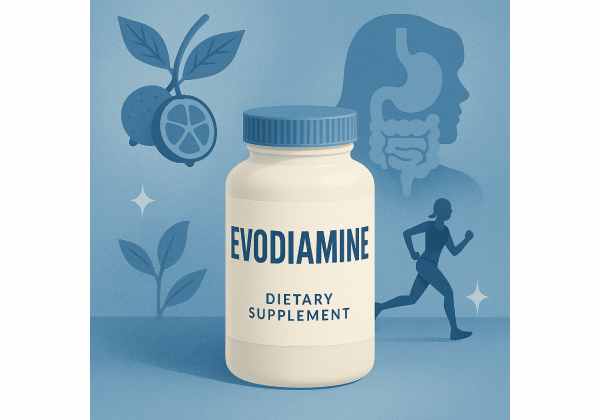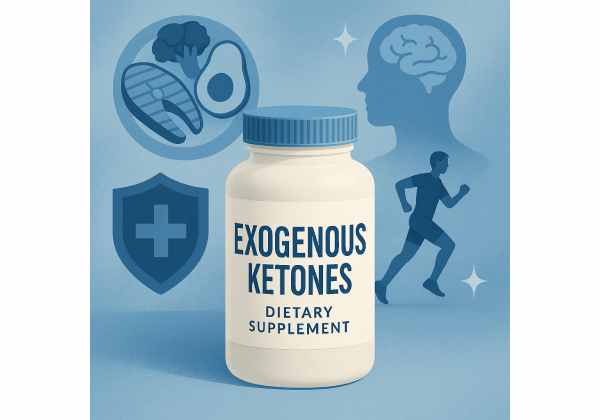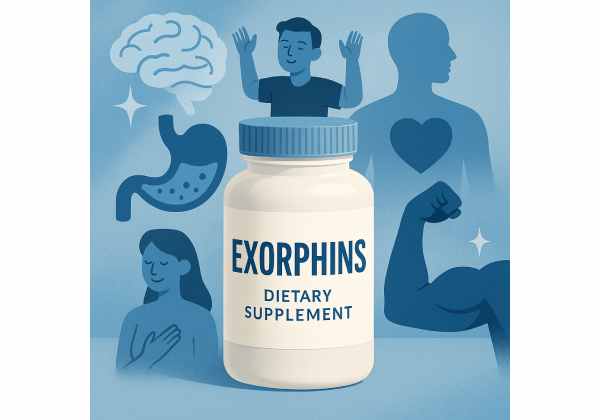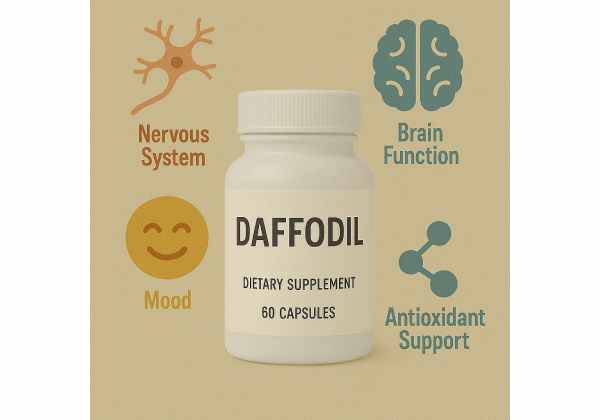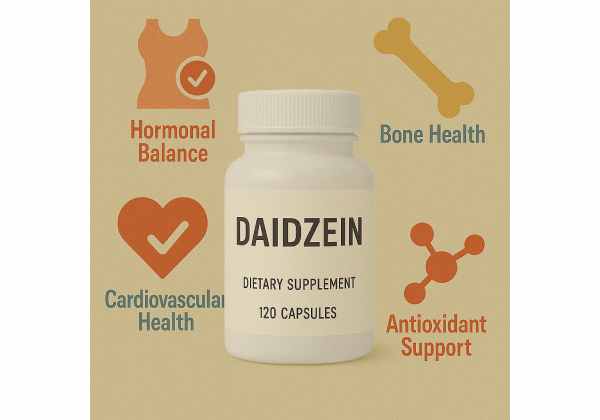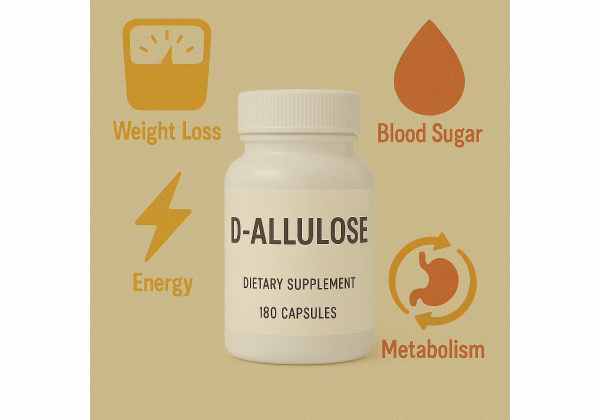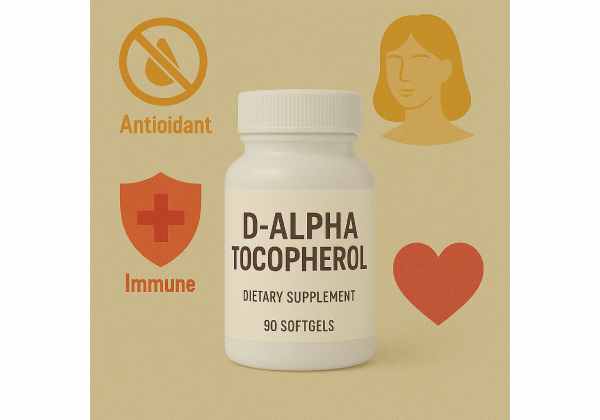Euglena gracilis: Superfood Supplement, Immune Support, Dosage & Safety Guide
Euglena gracilis is a single-celled microalga known for paramylon—a linear β-1,3-glucan that functions as a specialized dietary fiber and immune modulator. Modern products use either dried whole cells or highly purified paramylon. People turn to Euglena for everyday wellness: better fatigue resilience, gut microbiome support, and gentle immune balance. It also supplies proteins, essential fatty acids, carotenoids, and B-vitamins...
Euonymus europaeus: Comprehensive Guide to Benefits, Properties, and Dangers
European spindle (Euonymus europaeus) is a striking hedgerow shrub with pink capsules and vivid orange arils. In gardens it turns heads; in medicine it raises caution. Historically, parts of the plant appeared in folk remedies as a purgative or external wash, and modern lab work has profiled unusual constituents (notably dihydro-β-agarofuran–type sesquiterpene–pyridine alkaloids and a fruit lectin). Yet there...
Eupatorium perfoliatum: Top Health Benefits, Traditional Uses, and Safe Dosage Guide
Eupatorium perfoliatum—commonly called boneset—is a North American herb with a long record of use for fevers and “breakbone” aches during viral illnesses. Today it appears in teas, tinctures, and combination cold formulas. Lab studies suggest the plant’s extracts can influence inflammatory pathways and may interfere with viral processes, while traditional use points to diaphoretic (sweat-inducing) effects during febrile colds....
Eupatorium purpureum: Comprehensive Guide to Joe-Pye Weed Benefits, Dosage, and Side Effects
Eupatorium purpureum—better known as Joe Pye weed or gravel root—has a long record of use in North American herbalism for urinary and kidney complaints, joint aches, and feverish colds. Today, it attracts interest because its rhizome and aerial parts contain distinctive aromatic compounds and benzofuran derivatives (such as cistifolin) that have shown anti-inflammatory activity in laboratory models. At the...
Euphorbia cyparissias: Risks, Side Effects, Folk Uses, and Poison Prevention
Euphorbia cyparissias—better known as cypress spurge—is a low, lime-green perennial in the spurge family whose showy bracts belie a harsh truth: the plant’s milky latex is powerfully irritant. People have used various Euphorbia species for skin problems and as folk remedies, and laboratory chemists are intrigued by the plant’s complex diterpene esters. Yet for everyday use as a supplement...
Euphorbia hirta: Natural Remedies for Asthma, Diarrhea, and Skin—Uses and Side Effects
Euphorbia hirta—often called “asthma plant” or “tawa-tawa”—is a small, hairy herb found across the tropics and widely used in traditional medicine for coughs, fevers, and digestive upsets. Today, researchers are testing extracts for antidiarrheal effects, potential antiviral activity relevant to dengue, and other preclinical actions. Interest has grown because the plant is rich in phenolics and flavonoids (such as...
Eurycoma longifolia: Tongkat Ali Benefits, Testosterone Boost, Dosage, and Side Effects
Eurycoma longifolia—better known as tongkat ali or “longjack”—is a Southeast Asian root used traditionally for vitality, libido, and stamina. Today it is marketed for healthy testosterone support, stress resilience, and exercise performance. Modern research paints a nuanced picture: standardized water extracts may modestly raise total testosterone in some men (especially those with lower baseline levels) and can improve mood...
Evening Primrose Oil for Hormonal Balance, Skin Health, and Wellness: Dosage and Safety Guide
Evening primrose oil (EPO) is a seed oil from Oenothera biennis, valued for its omega-6 fatty acids—especially gamma-linolenic acid (GLA). It’s widely marketed for skin concerns, cyclical breast discomfort, menstrual and menopause symptoms, and even late-pregnancy cervical ripening. The reality is more nuanced. Some small trials suggest modest benefits for specific symptoms (for example, hot-flash severity), while rigorous reviews...
Evodia rutaecarpa Extract: Top Health Benefits, How to Use, and Potential Side Effects
Evodia rutaecarpa (also called Tetradium ruticarpum, Euodiae Fructus, or “Wu Zhu Yu”) is a traditional East Asian herb used for digestive discomfort, headaches, and abdominal cold. Modern extracts concentrate its alkaloids—most notably evodiamine and rutaecarpine—along with limonoids and related constituents. These compounds show intriguing lab and animal effects on gut motility, inflammation, and pain signaling. At the same time,...
Evodiamine: Top Benefits, Dosage, Uses, and Side Effects for Weight Loss and Wellness
Evodiamine is a plant alkaloid concentrated in the fruit of Tetradium ruticarpum (formerly Evodia rutaecarpa), a traditional East Asian herb known as Euodiae Fructus or Wu Zhu Yu. In labs and animal models, evodiamine has shown intriguing actions—particularly on heat-sensing receptors and metabolic pathways linked to body weight, pain perception, and inflammation. But human data are limited, and quality...
Exogenous Ketones: Benefits, Uses, Dosage, Safety, and Side Effects Guide
Exogenous ketones are drinkable or powdered compounds that raise blood β-hydroxybutyrate (BHB) without fasting or strict carbohydrate restriction. They come mainly as ketone salts (BHB bound to minerals), ketone esters (compounds that release BHB after digestion), and 1,3-butanediol (a BHB precursor). In minutes, these products can elevate circulating BHB to “nutritional ketosis” levels, shifting fuel use and sometimes altering...
Exorphins: Key Benefits, Mood Effects, Food Sources, Dosage, and Safety Risks
Exorphins—also called food-derived opioid peptides—are tiny fragments released when certain proteins (most famously in dairy and wheat) are digested. Because these peptides can bind to the body’s opioid receptors, they may influence gut motility, pain perception, mood, and immune signaling. Interest has grown around casomorphins from milk (especially the β-casomorphin-7 or “BCM-7” fragment) and gluten exorphins from wheat and...
Daffodil Health Benefits: How It Works, Safety, Dosage, and FAQ
Daffodils (genus Narcissus) are among the most recognizable spring bulbs. Their cheerful flowers, however, conceal potent natural alkaloids that can make people and pets sick if swallowed or if the sap touches skin for long periods. This article separates garden lore from evidence, explaining what is (and is not) known about daffodil “benefits,” how the plant is used today,...
Daidzein Supplement: Isoflavone Properties, Health Advantages, and Dosage Guide
Daidzein is a plant compound from soy and some legumes that belongs to the isoflavone family. It is often discussed alongside genistein, but daidzein is unique because gut bacteria can convert it into S-equol, a metabolite with a strong preference for the estrogen receptor beta (ERβ). That selective action helps explain why daidzein shows interest for menopause symptoms, bone...
D-Allulose: Health Benefits, Blood Sugar Control, Dosage, and Side Effects Guide
D-allulose (also called D-psicose) is a “rare sugar” that tastes like table sugar but provides a fraction of the calories. It occurs naturally in tiny amounts in foods like figs and maple syrup and is now produced via enzymatic conversion from fructose. In the United States, the Food and Drug Administration (FDA) allows manufacturers to exclude allulose from “Total...
D-alpha tocopherol: Natural Vitamin E Benefits, Best Uses, Dosage, and Side Effects
D-alpha tocopherol is the natural, most bioactive form of vitamin E (chemical name: RRR-alpha-tocopherol). As a fat-soluble, chain-breaking antioxidant, it protects cell membranes from lipid peroxidation—especially in tissues rich in polyunsaturated fats, like the brain, retina, and heart. You’ll see it on labels as “d-alpha-tocopherol,” sometimes as the more stable esters “d-alpha-tocopheryl acetate” or “succinate,” which your body converts...

